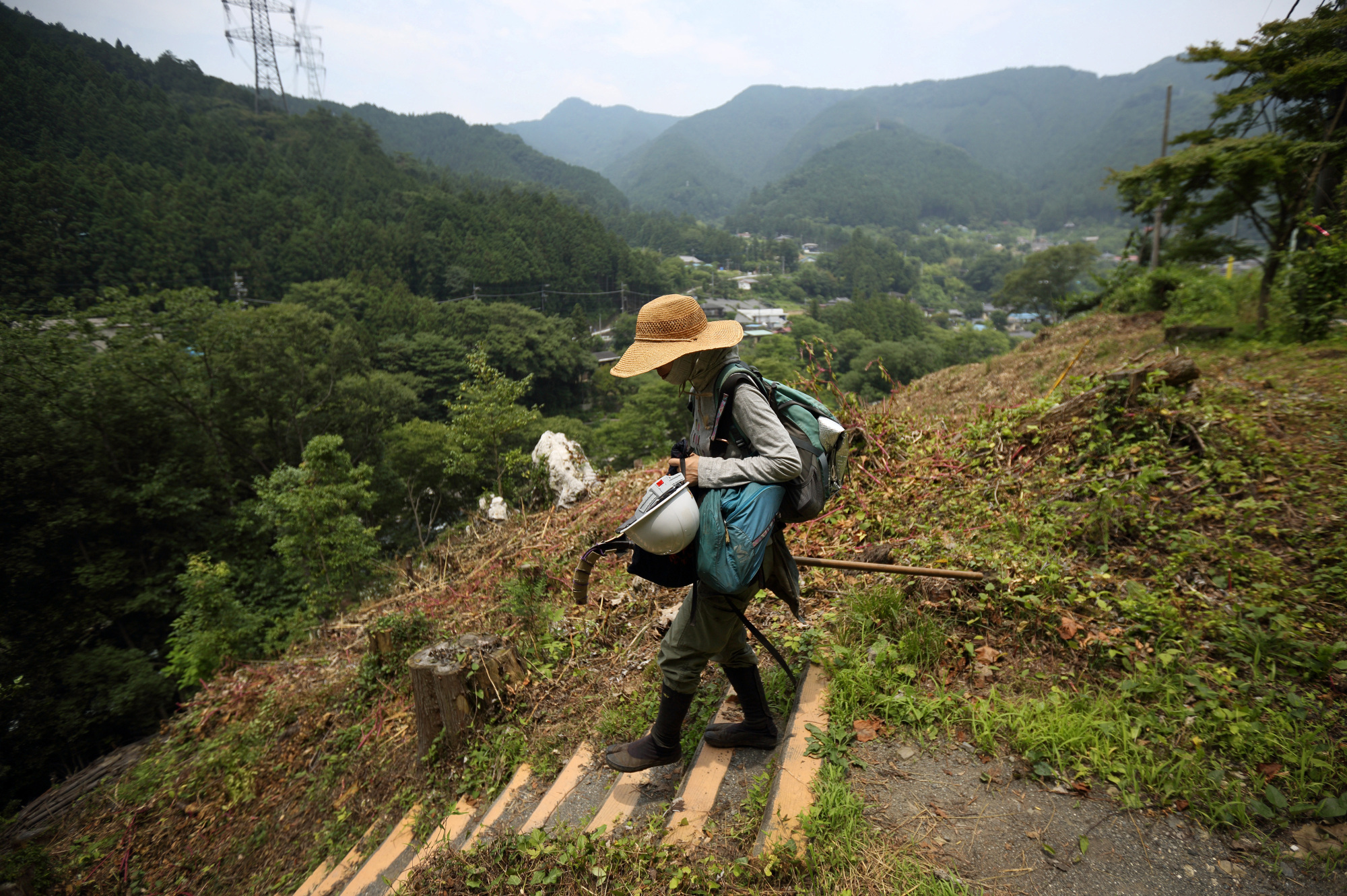Japan's population is both declining and rapidly aging, and the situation will only grow more serious in the future. However, it is important to note that depopulation and the aging of society is not occurring at the same speed and manner everywhere across the country. Dividing the nation into urban and rural areas, we can easily see that the population decrease and the depth of aging is more serious in the countryside than in urban areas.
According to a region-by-region projection by the National Institute of Population and Social Security Research, the population of Akita Prefecture will decrease about 41 percent from 2015 to 2045, and it's estimated that Aomori Prefecture will lose almost 37 percent of its population over the same period. In contrast, the Tokyo metropolitan area (comprising the capital and its adjacent prefectures) will maintain its population through 2045, and Kanagawa Prefecture will have lost only 9 percent of its population.
The institute forecasts that Japan's total population will decline by 16 percent between 2015 and 2045 — so the speed of the population decrease in Akita and Aomori will be three times faster than the national average. While the elderly (65 or older) will account for 36.8 percent of the nation's population in 2045, the ratio is forecast to hit 50.1 percent in Akita and 46.8 percent in Aomori.


















With your current subscription plan you can comment on stories. However, before writing your first comment, please create a display name in the Profile section of your subscriber account page.